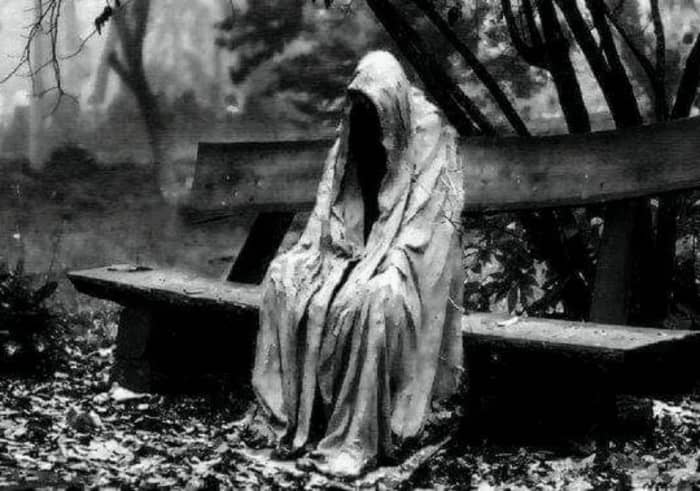Land of monsters: five creepy mythical creatures of Mexico
Today, in all areas of the country, and indeed in all areas of the world, people still feel that the evil force of mythical creatures haunts the fields, the rivers, the forests, the caves, the ruins of the villages, and that this force is the one that explains, many times, the inexplicable.





